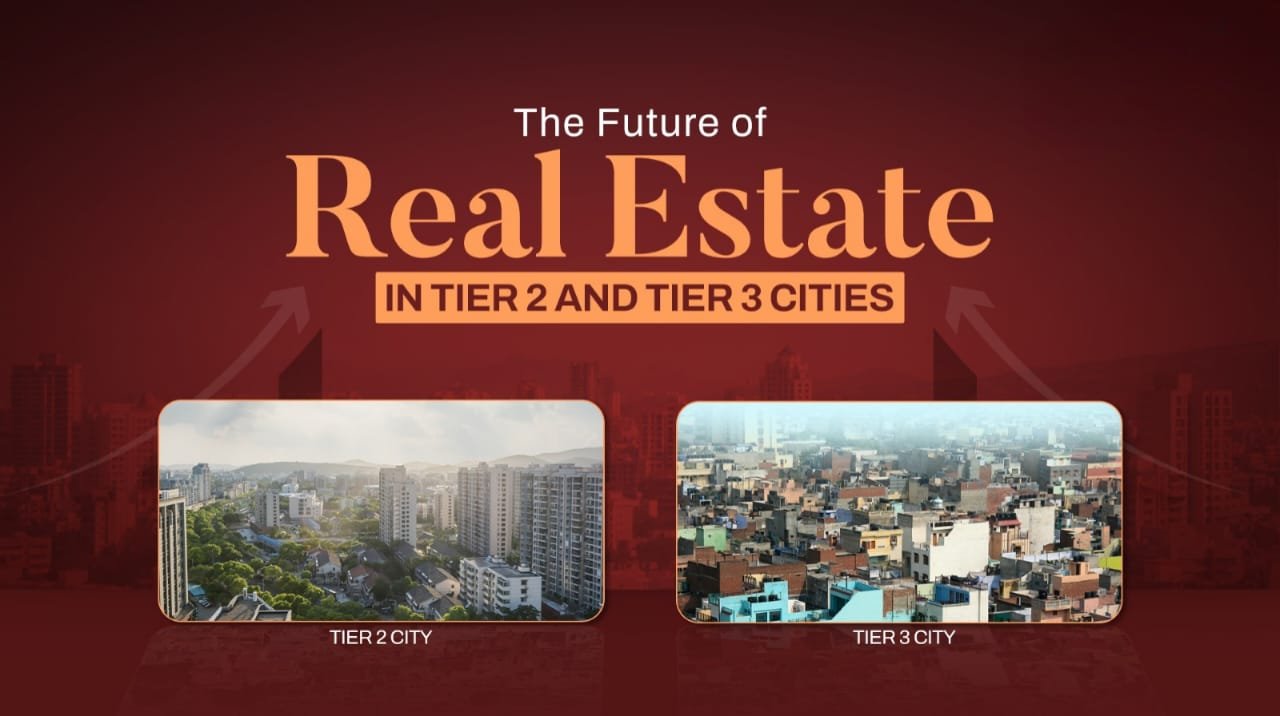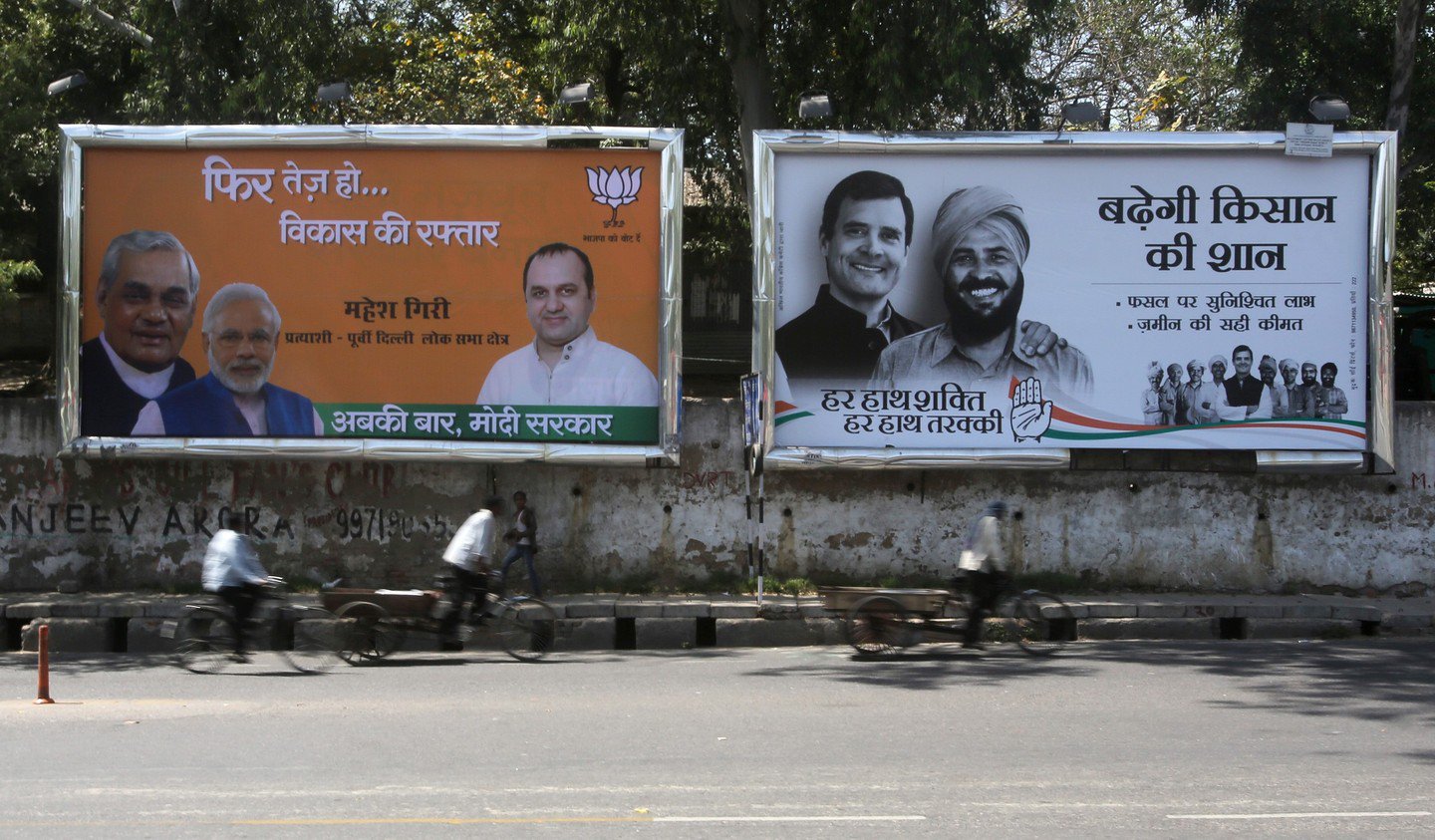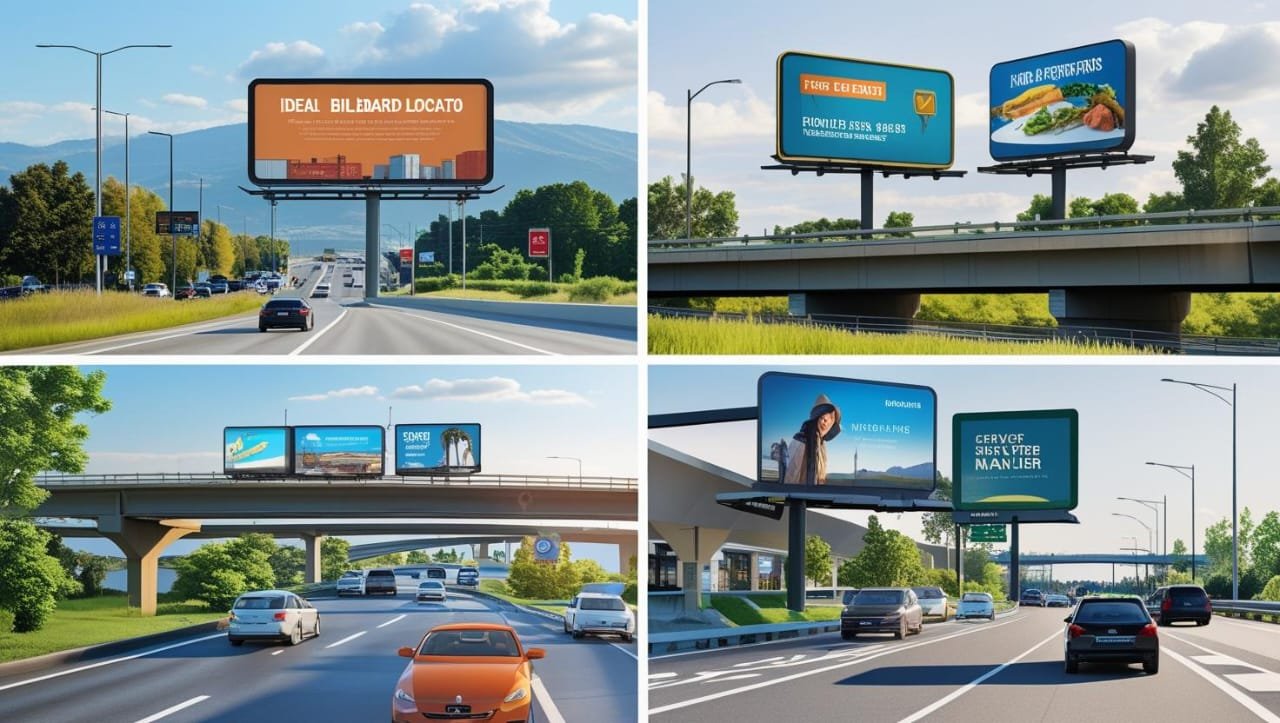If you’ve ever stepped into a smaller Indian city around festival season, you’ll know what I mean when I say hoardings rule the streets. In places like Indore, Patna, or Meerut, a single billboard on the main square doesn’t just advertise—it becomes a talking point. People meet at chowks, shop in the same markets, and wait at the same bus stands. In that shared space, a big, bold hoarding feels impossible to ignore.
This is one reason why outdoor advertising has always worked better in Tier-2 and Tier-3 cities than in the big metros. In Delhi or Mumbai, hoardings are just part of the clutter—you see so many in one stretch of road that you barely register them. But in smaller cities, one good placement can dominate the attention of an entire town.
“In our city, everyone passes by the same crossing.”
I remember chatting with a shopkeeper in Bareilly near Civil Lines. When asked why he spent money on a large hoarding for his furniture store, he laughed and said, “Bhaiya, sab yahin se guzarte hain. Gaadi se jao ya cycle se, Civil Lines se bach nahi sakte.”
And he was right. Every rickshaw, bike, car, and bus slowed at that crossing. His ad wasn’t one among many—it was the ad people noticed. That’s the advantage Tier-2 cities give advertisers. The geography itself does half the work.
Less clutter, more attention
In metros, people face ad overload. On the drive from Gurgaon to Delhi, you’ll see 30 hoardings in half an hour. Add to that Instagram reels, YouTube ads, and WhatsApp forwards, and you’ve got a consumer drowning in messages.
But in a city like Ajmer, maybe there are 10–15 prime hoarding sites across town. Each one gets serious visibility. A coaching institute putting its topper’s photo outside the railway station doesn’t just rent a space—it buys mindshare across the city.
Outdoor ads become “street-level news.”
In Tier-3 towns, hoardings sometimes function like newspapers. They announce a new hospital opening, a political leader’s rally, or the arrival of a new mobile store. In Gaya, I once saw a hoarding of a coaching teacher with the words “AIR 56 in JEE” printed in huge font. Students at a nearby tea stall were debating whether the claim was true. The hoarding had started a conversation.
That’s the power of outdoor advertising in smaller towns—it doesn’t just sit there; it becomes part of local chatter.
Visibility equals credibility
Here’s something urban marketers often underestimate: in smaller cities, a hoarding is seen as a mark of seriousness.
In Lucknow, a family looking for a new school for their daughter told me, “We checked websites, but the hoarding at Hazratganj made us feel the school must be genuine. Who spends lakhs on a hoarding if they aren’t confident?”
That sentiment comes up again and again. In Tier-2 and Tier-3 towns, the logic is simple: if a brand has put its face on a 40-foot billboard, it must be reliable.
Cheaper and more effective
Cost is another reason outdoor works better in smaller cities. A premium LED hoarding in Bandra or Gurgaon can eat up lakhs each month. For the same money, you can dominate visibility across a whole Tier-2 city.
And the returns are higher. In Kanpur, one hospital ran a hoarding campaign near Lal Bangla promoting its cardiology unit. Within weeks, locals started saying, “Woh hospital dekha hai na, heart ka specialist hai.” The hoarding directly fed into reputation.
Festivals make it louder
Small towns celebrate together. Diwali, Holi, Eid, and Durga Puja—festivals take over the streets. Hoardings placed during this time don’t just advertise; they join the celebration.
In Varanasi last year, a jewelry shop put up a festive hoarding with the line “Iss Diwali sona ghar laaye, humse le jaaye.” The design was simple, but because the hoarding stood right at Godowlia Chowk, it became part of the festive mood. Locals told me they felt “closer” to the brand simply because it was visible during the celebration.
Politics and promises on the streets
Outdoor advertising also plays a central role in politics here. Every election season, smaller towns transform overnight. Chowks are draped in colors—lotus in saffron, hand in white, cycle in red.
In a place like Allahabad, a single hoarding of a local MLA with a “development promise” near the bus depot can influence thousands. Even with social media buzzing, the power of seeing your leader’s face every day on your route to the office or college is unmatched.
The community effect
In Tier-2 and Tier-3 cities, outdoor ads don’t work in isolation—they spread through word of mouth.
When a new coaching center opens in Aligarh and puts up hoardings near Center Point, students talk about it at tea stalls. Parents mention it in evening walks. Slowly, the ad becomes part of community discussion. That’s the kind of grassroots impact outdoor delivers here, something digital ads rarely achieve.
The takeaway
Outdoor advertising may look old-school compared to digital campaigns, but in Bharat’s heartland, it is anything but outdated. Hoardings in smaller cities don’t just sell—they shape opinion, build trust, and spark conversations.
For brands that want to go beyond metros and win real markets, the formula is clear: invest outdoors, go local, and let the streets do the talking.



2 responses to “Why Outdoor Advertising Works Better in Tier-2 and Tier-3 Cities”
Very well explained! Just like outdoor advertising builds strong visibility in Tier-2 and Tier-3 cities due to trust and local influence, Job Vacancy Result also creates a reliable space for aspirants in smaller towns by giving them easy access to authentic job updates. Both highlight how the right platform in the right place makes the biggest difference.
Very well explained! Just like outdoor advertising builds strong visibility in Tier-2 and Tier-3 cities due to trust and local influence, Job Vacancy Result also creates a reliable space for aspirants in smaller towns by giving them easy access to authentic job updates. Both highlight how the right platform in the right place makes the biggest difference.